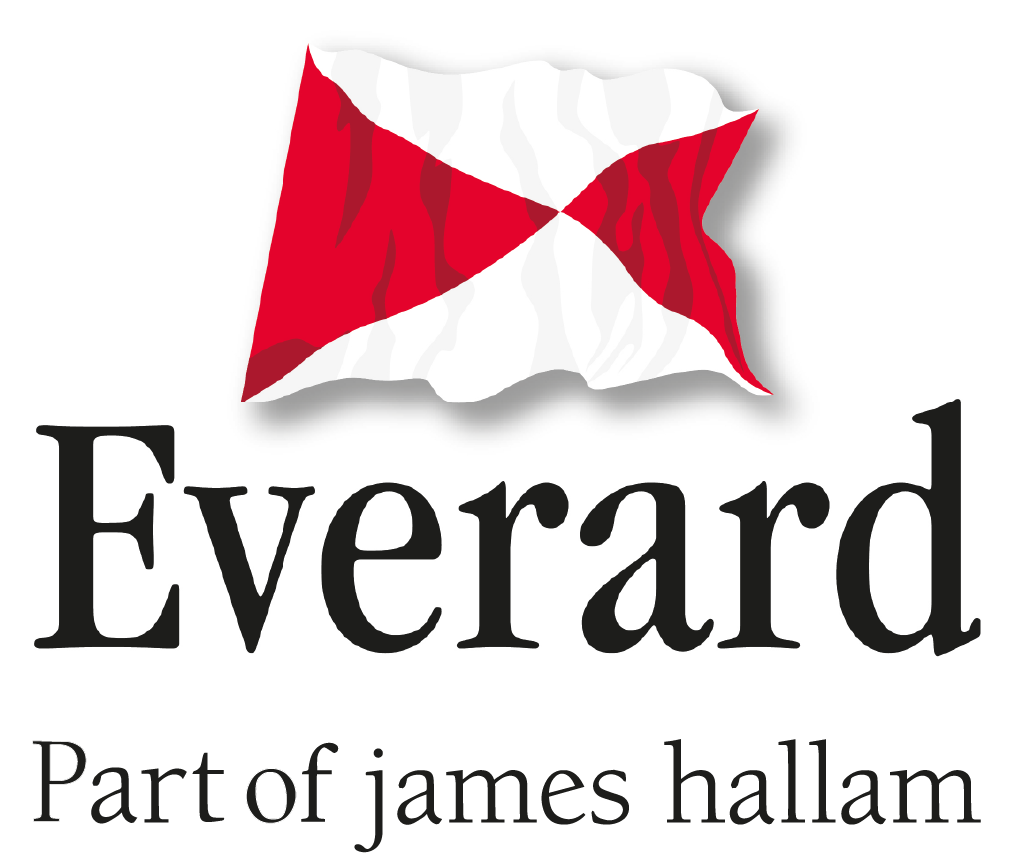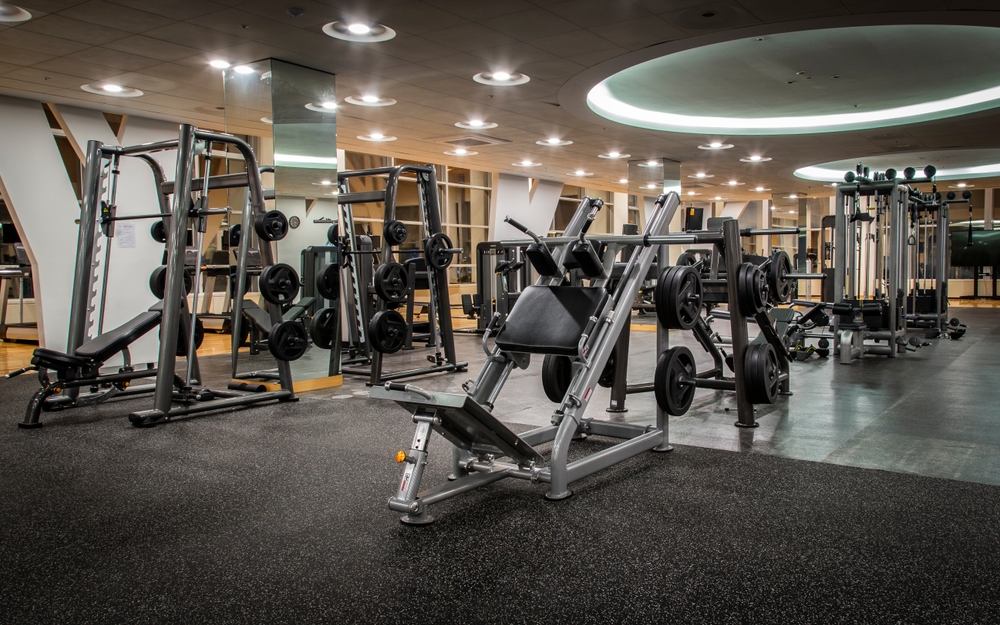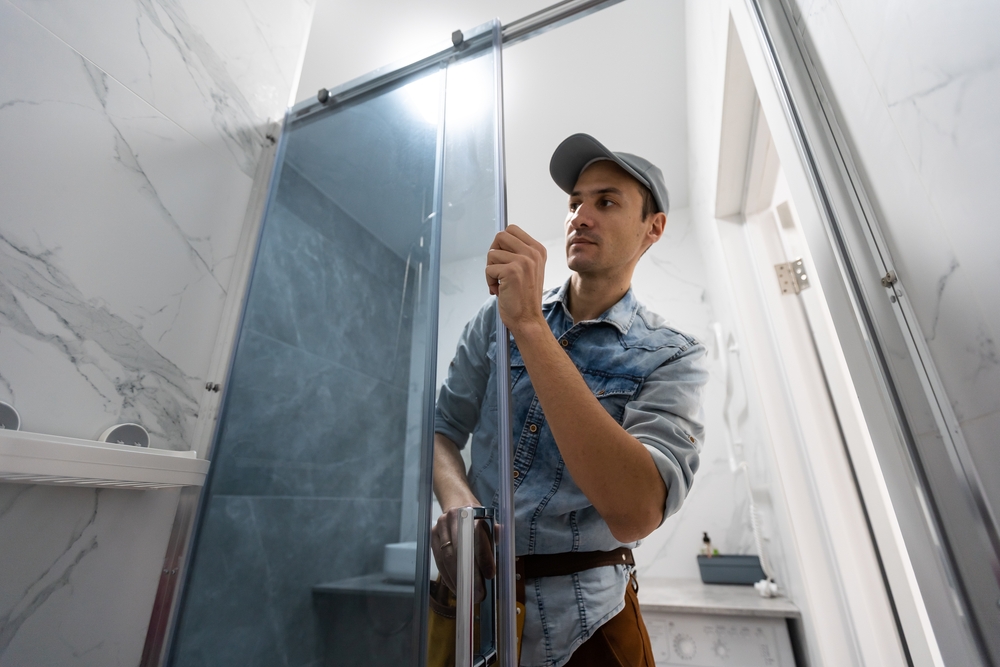Following a Government report, certain UK hospitality businesses may pay lower business rates from April 2026.
In this post we will outline the contents of the Government report, and assess what they might mean for your business.
What’s in the Transforming Business Rates: Interim Report?
On 11 September 2025, HM Treasury published an interim report detailing their findings from the Transforming Business Rates Discussion Paper. The report sets out some key areas for reform with a view to removing certain barriers to investment.
The key points include:
- In the Autumn Budget 2024, the Chancellor announced lower tax rates for retail, hospitality, and leisure businesses with Rateable Values under £500,00, which would come into force from April 2026.
- It’s not a final policy or set of recommendations but the interim report provides an update on the Government’s findings while outlining their next steps.
Proposed Changes
The report is not a set of policy recommendations. Businesses will have to wait until the Autumn Budget 2025 to get any specific details about exactly what is going to change.
Some proposed changes, though, are:
- The removal of business rate “cliff edges”, meaning that there will no longer be significant jumps in rates bills between bandings.
- Possible enhancements to the Small Business Rates Relief (SBRR) scheme, and to the Improvement Relief scheme, to support growth and investment in the industry.
You can read the full interim report.
How Has The Industry Reacted?
UKHospitality has described the report as “positive”, saying that the removal of cliff edges and other barriers to investment will help rebalance the system. But they have urged the Government to “level the playing field” through applying the maximum possible discount to the multiplier for all hospitality properties under £500,000, along with a zero rate for hospitality properties over £500,000.
They have also suggested that, along with lowering business rates, the Government could further help the high street through fixing National Insurance Contributions and cutting VATs. The Night Time Industries Association (NTIA) has called for similar reforms, suggesting that they could “unlock investment, safeguard jobs, and give small businesses the confidence to scale.”
Other trade bodies have suggested additional reforms that could help the hospitality sector. For example, certain organisations in the spirits industry are petitioning for a freeze on alcohol duty.
Is Your Business Ready For Reform?
The Autumn Budget 2025 will take place on 26 November, during which the Government will presumably announce the rates for the new multipliers. Depending on the size of your business, you may start paying lower business rates from April 2026. However, depending on the size of your business, these reforms may result in you paying higher rates.
The interim report suggested that the government will fund the discount through applying a higher rate to all businesses with a rateable value over £500,000. According to the report, this would affect less than 1% of all UK hospitality properties, and would mainly affect “retail giants” with “large distribution warehouses”.
According to Office for National Statistics (ONS) figures, the hospitality figure has suffered up to 89,000 job losses since the Autumn Budget 2024. While some are expecting the 2025 budget to provide a lifeline, it is understandable that others may be wary of what is to come.
At James Hallam, We Can Help You Protect Your Hospitality Business
We understand that these are trying times for hospitality businesses. That is why we are committed to helping you protect your business, through getting true value out of your specialist insurance cover.
James Hallam is an independent Lloyd’s broker with access to a hand-picked selection of A-rated insurance providers. We can help you safeguard your business against whatever the coming years may bring, with tailored insurance cover at a competitive price.











